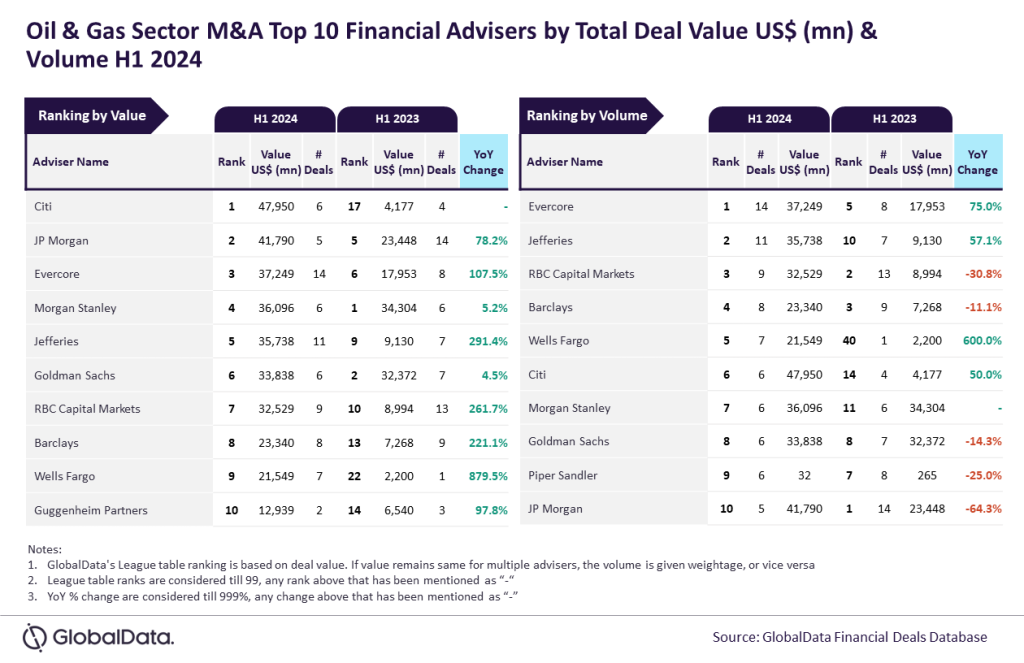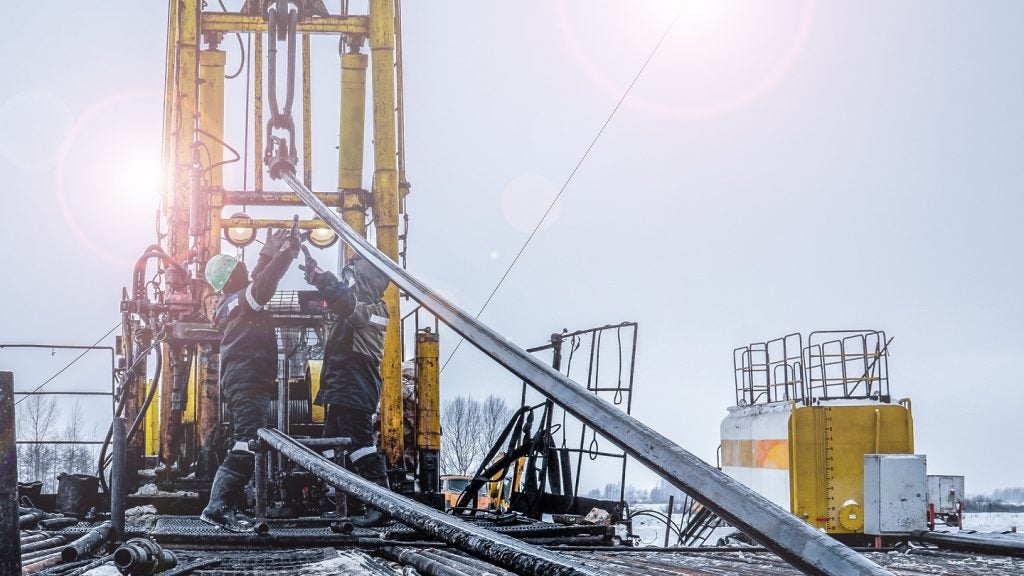Gato Do Mato is a conventional oil development located in ultra-deepwater in Brazil and is operated by Shell Brasil Petroleo. According to GlobalData, who tracks more than 34,000 active and developing oil and gas fields worldwide, Gato Do Mato was discovered in 2019, lies in block S-M-518 and Sul Do Gato Do Mato, with water depth of around 6,790 feet. Buy the profile here.
The project is currently in feed stage and is expected to start commercial production in 2026. Final investment decision (FID) of the project will be approved in 2025. The Gato Do Mato conventional oil development will involve the drilling of approximately 10 wells and includes FPSO and subsea trees.
Field participation details
The field is owned by Ecopetrol, Shell and TotalEnergies.
Production from Gato Do Mato
Production from the Gato Do Mato conventional oil development project is expected to begin in 2026 and is forecast to peak in 2027, Based on economic assumptions, the production will continue until the field reaches its economic limit in 2065.
Contractors involved in the Gato Do Mato conventional oil field
Some of the key contractors involved in the Gato Do Mato project as follows.
Design/FEED Engineering: Mitsui E&S
Other Contractors: Eni, BW Offshore and CHC Brazil
About Shell Brasil Petroleo
Shell Brasil Petroleo Ltda (Shell Brasil) produces and distributes lubrificants e other chemical products. Shell Brasil is headquartered in Rio de Janeiro, Brazil.
For more details on the Gato Do Mato Conventional Oil Field, buy the profile here.
Data Insights
From

The gold standard of business intelligence.
Blending expert knowledge with cutting-edge technology, GlobalData’s unrivalled proprietary data will enable you to decode what’s happening in your market. You can make better informed decisions and gain a future-proof advantage over your competitors.






